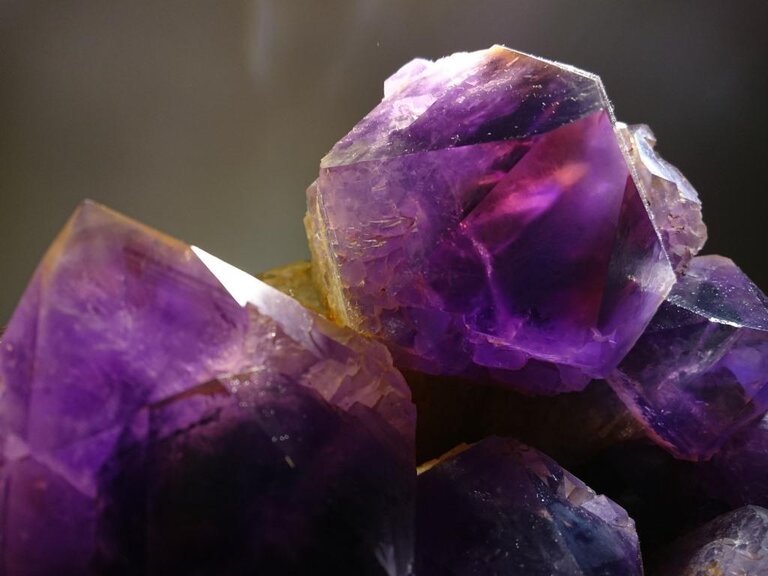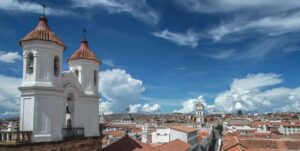From its charming Spanish colonial architecture and the miniature Eiffel Tower in Parc Bolivar to the glittering treasure museum and prehistoric dinosaur tracks, Sucre offers a variety of blasts from Bolivia’s past.
Founded in 1538 — less than four decades after Columbus first set foot in the Americas — Sucre prospered on the wealth of Bolivia’s silver mines. While La Paz has evolved into a modern Latin American city of skyscrapers and sprawling suburbs, Sucre retains much of its colonial and post-independence era charm.
As the long-time seat of the Roman Catholic church in Bolivia, Sucre’s landmarks include the 18th-century Iglesia de San Felipe de Neri, the 17th-century Convento y Monasterio de Santa Clara, and the imposing renaissance-baroque Cathedral Basilica of Our Lady of Guadalupe.
The fascinating Museo del Tesoro (Treasure Museum) showcases the many priceless gems and precious metals uncovered in Bolivia, from the world’s largest ametrine gemstone to jewelry, figurines, clothing and other items fashioned with these precious materials.
Parque Simón Bolívar offers a refreshing green space in the middle of the city, a place where visitors can pedal boat on a small lake or climb a miniature version of the Eiffel Tower designed by none other than Gustav Eiffel.
On the outskirts of Sucre, the Parque Cretácico de Cal Orck’o (Cretaceous Park) safeguards a limestone cliff imprinted with more than 5,000 dinosaur footprints made millions of years ago when the giant reptiles walked across what was then a soft clay beach.
Hidalgo Tours can curate your perfect visit to Sucre, including knowledgeable guides, traditional cuisine, and overnights in a charming boutique hotel tucked inside a colonial-era mansion.


0 Comments